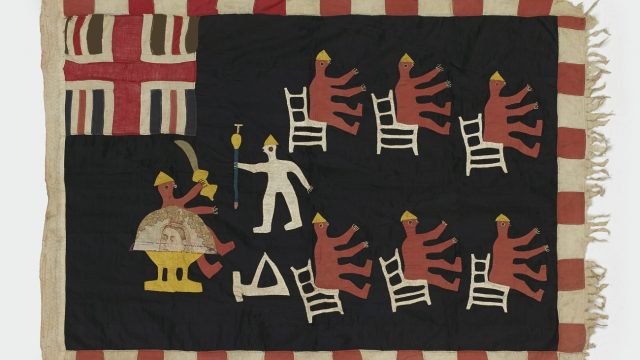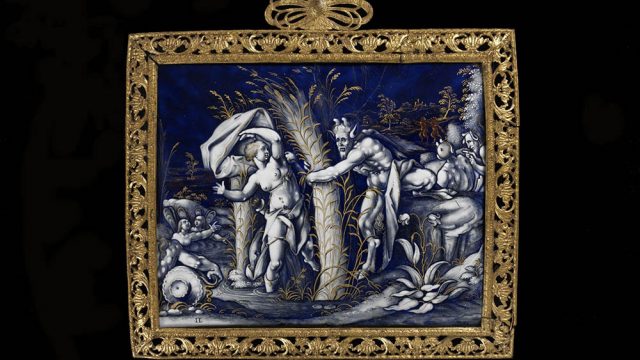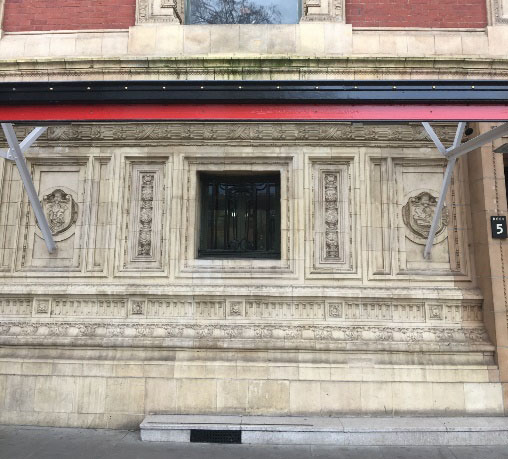
The construction of the Royal Albert Hall involved some of the key figures of mid-nineteenth-century society. Powerful and influential men of the era committed themselves to the project; senior royals, cabinet ministers, a former prime minister and a leading banker – among others – all played a part.
The individuals at the centre of the construction of the hall were the Provisional Committee. This was the name of the governing body acting for the hall’s corporation, which was established by Royal Charter on 25 March 1867. The 12 members of the Provisional Committee were commemorated on the hall’s terracotta façade. Their personal crests featured in shields on the building. Most crests were included only once, but there are four exceptions appearing twice – the significance of which is unknown. The V&A collections house plaster versions of the shields – keep reading to see some of the different shields with their corresponding plaster version.
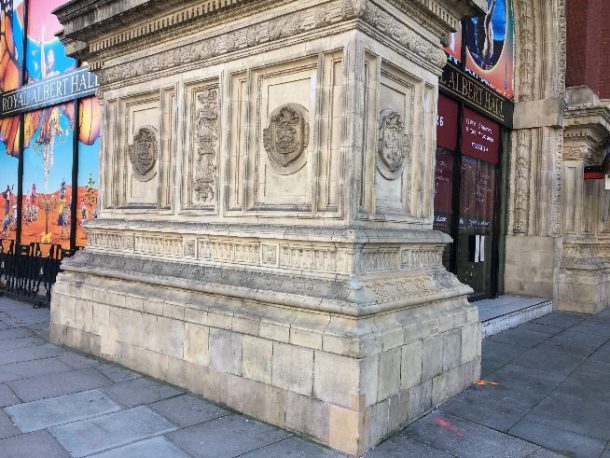
The Provisional Committee members were extremely well connected. They had professional careers and political roles, served public bodies and supported learned societies. They operated within similar social circles, composed of the wealthy, educated elite. Their paths crossed in their public, professional and private lives. Their common interest in the Royal Albert Hall would not have been their first acquaintance with each other.
The hall’s main movers and shakers
Sir Henry Cole (1808 – 1882) was one of the pivotal figures from the very beginning. Cole was a commissioner for the 1851 Great Exhibition in a salaried position. He was tasked with all aspects of its organisation and worked directly for Prince Albert. As the head of the Department of Science and Art, Cole assumed responsibility for the entire development of the South Kensington site as a cultural quarter. Cole revived the plan to build a central hall a few years after the death of Prince Albert, who proposed the idea in 1853. He renewed royal support by approaching Queen Victoria through her personal secretary Colonel Charles Grey and involving the Prince of Wales.
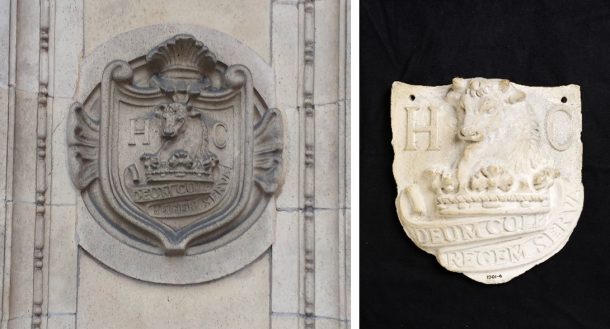
Colonel Charles Grey (1804 – 1870) was deeply committed to the initiative to build a central hall. He was private secretary to Prince Albert from 1849 until Albert died in 1861, at which point he took on the same role for Queen Victoria. He acted as a liaison between Henry Cole and the royal family as plans for the hall developed.
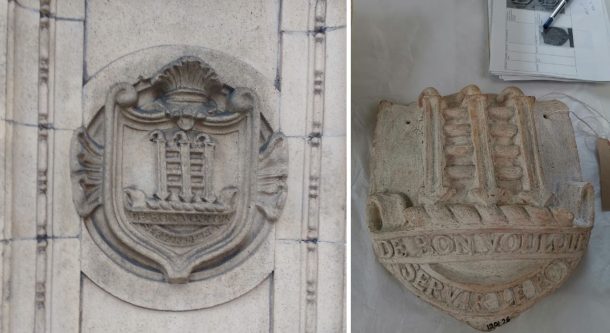
The Prince of Wales (1841 – 1910) acted as the chairman of the Provisional Committee. He led the meeting on 6 July 1865 at Marlborough House where a commitment was made to erect a ‘grand central hall’. As the heir of Queen Victoria, he became King Edward VII when he acceded to the throne in 1901.
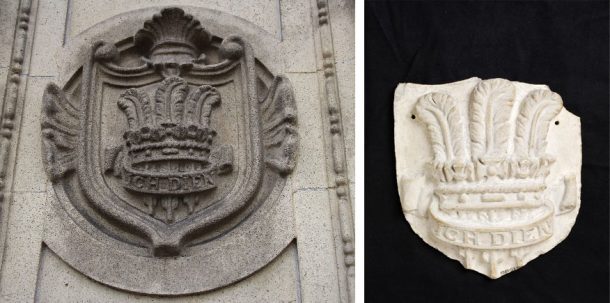
The Duke of Edinburgh (1844 – 1900), Prince Alfred, was another royal on the Provisional Committee. He was a patron and supporter of the arts, especially musical education.
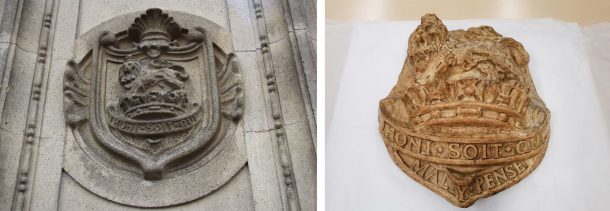
Membership of the Provisional Committee typically followed involvement in the administration of the 1851 Great Exhibition. The Earl of Derby (1799 – 1869), Edward Geoffrey, succeeded Prince Albert as the president of the Royal Commission of the 1851 Great Exhibition in April 1864. Geoffrey led Conservative governments in 1852, 1858 and 1866. He was the first British statesman to become prime minister three times.
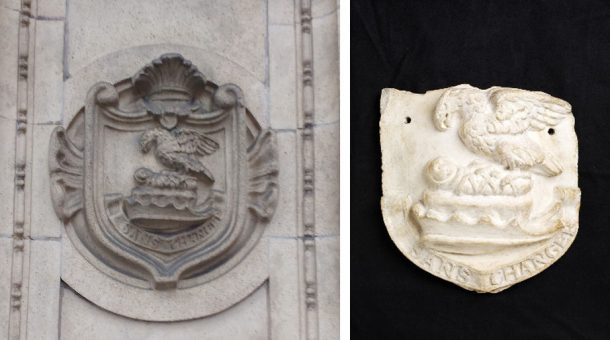
Edgar Bowring (1826 – 1911) was the secretary to the Royal Commission for the 1851 Great Exhibition from 1850 until he resigned in 1869 when elected to the House of Commons. He was the librarian and registrar to the Board of Trade between 1848 and 1863.

Earl Granville (1815 – 1891), George Leveson-Gower, had several prominent government roles throughout his career; he was colonial secretary, foreign secretary twice, and twice leader of the Liberals in the House of Lords. He was also the vice-president of the Board of Trade between 1848 and 1852, when the 1851 Great Exhibition occurred.

Find out more
This research at the basis of this post feeds into a larger project uncovering the history of the Royal Albert Hall. If you want to know more about this fascinating building have a look here.

